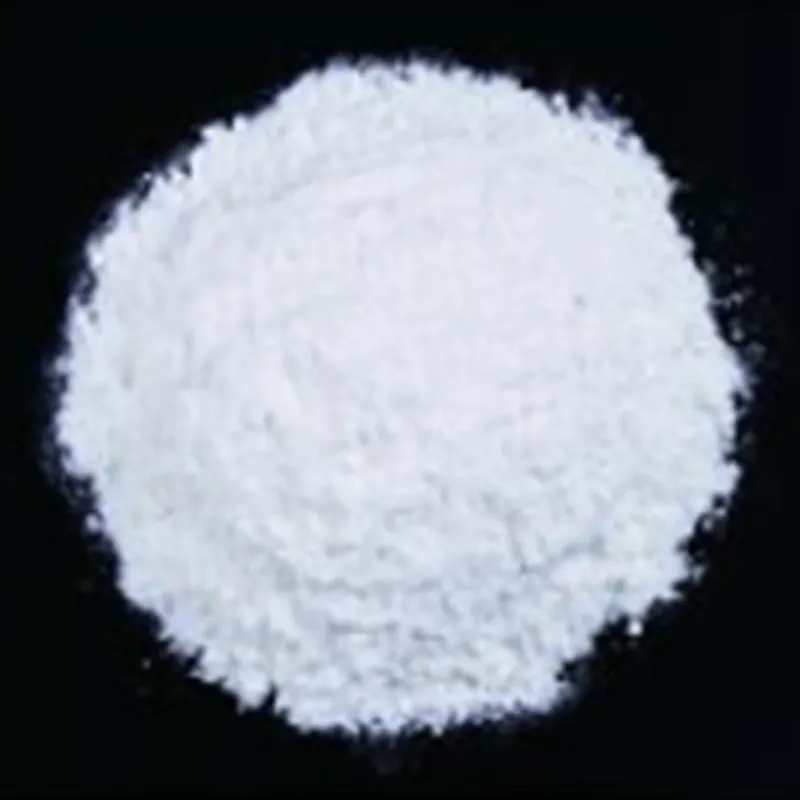
Understanding the Ingredients and Safety of Aspartame in Food Products
Understanding Aspartame Ingredients, Uses, and Considerations
Aspartame is one of the most widely used artificial sweeteners in the world, known for its remarkable sweetness and low-calorie content. As a dipeptide, it is composed of two amino acids phenylalanine and aspartic acid, along with a small amount of methanol. These ingredients together contribute to aspartame’s sweet taste, which is approximately 200 times sweeter than sucrose (table sugar). This article explores the ingredients that make up aspartame, its uses in various products, and some considerations regarding its consumption.
The Composition of Aspartame
Aspartame is synthesized through a chemical process that combines the amino acids phenylalanine and aspartic acid. Phenylalanine is an essential amino acid that the human body cannot produce on its own and must be obtained from dietary sources. Aspartic acid, on the other hand, is a non-essential amino acid, meaning our bodies can produce it. In addition to these amino acids, the metabolism of aspartame produces methanol, a compound found in many fruits and vegetables.
When consumed, aspartame is broken down in the body into its constituent amino acids and methanol. It is worth noting that the amounts of these components produced from aspartame are relatively small and are generally regarded as safe for most people. However, individuals with the genetic disorder phenylketonuria (PKU) must avoid aspartame, as they cannot metabolize phenylalanine effectively.
Uses of Aspartame in Food and Beverages
Due to its intense sweetness, aspartame is commonly utilized as a sugar substitute in various foods and beverages. It is featured in diet sodas, sugar-free gum, sugar substitutes, and a variety of low-calorie or no-calorie products, including yogurts, desserts, and sauces. Aspartame adds sweetness without contributing significant calories, making it an appealing choice for those looking to reduce their sugar intake or manage their weight.
aspartame ingredients

Apart from its direct use in foods and drinks, aspartame also plays a role in the pharmaceutical industry, featuring in chewable vitamins and medications, particularly those aimed at diabetic patients or individuals requiring low-calorie formulations.
Safety and Regulatory Status
The safety of aspartame has been the subject of extensive research since it was introduced in the 1980s. Numerous studies conducted by organizations such as the U.S. Food and Drug Administration (FDA), the European Food Safety Authority (EFSA), and the World Health Organization (WHO) have consistently demonstrated that aspartame is safe for human consumption within established daily intake limits. The acceptable daily intake (ADI) is set at 40 mg per kilogram of body weight by the EFSA and 50 mg per kilogram by the FDA. For a person weighing 70 kg (approximately 154 pounds), this translates to about 2800 mg to 3500 mg of aspartame per day, a level significantly higher than what a typical consumer would ingest.
Despite this, some individuals report adverse reactions to aspartame, such as headaches or allergic reactions, leading to debates about its overall safety. The scientific consensus remains that aspartame is safe for the general population, although ongoing research continues to evaluate its long-term effects.
Conclusion
Aspartame is a prevalent artificial sweetener composed of phenylalanine, aspartic acid, and methanol. Its ability to provide sweetness with minimal calories makes it a popular choice among food and beverage manufacturers catering to health-conscious consumers. While it has undergone rigorous testing and is deemed safe by major health authorities, certain individuals, particularly those with PKU, should avoid products containing aspartame. As consumer preferences shift and more people seek alternatives to sugar, understanding the ingredients and implications of artificial sweeteners like aspartame is essential for making informed dietary choices.
-
Pure Sodium Dichloroisocyanurate Dihydrate | Powerful DisinfectantNewsAug.29,2025
-
Industrial Chemicals: Quality & Purity for Every IndustryNewsAug.28,2025
-
Nitrile Rubber Honoring Strict Production StandardsNewsAug.22,2025
-
Aspartame Ingredients Honoring Food Safety ValuesNewsAug.22,2025
-
Fertilizer for Balanced Plant NutritionNewsAug.22,2025
-
Cyanide Gold Processing with High Purity AdditivesNewsAug.22,2025
-
Formic Acid in Textile Dyeing ApplicationsNewsAug.22,2025
Hebei Tenger Chemical Technology Co., Ltd. focuses on the chemical industry and is committed to the export service of chemical raw materials.
-

view more DiethanolisopropanolamineIn the ever-growing field of chemical solutions, diethanolisopropanolamine (DEIPA) stands out as a versatile and important compound. Due to its unique chemical structure and properties, DEIPA is of interest to various industries including construction, personal care, and agriculture. -

view more TriisopropanolamineTriisopropanolamine (TIPA) alkanol amine substance, is a kind of alcohol amine compound with amino and alcohol hydroxyl, and because of its molecules contains both amino and hydroxyl. -

view more Tetramethyl Thiuram DisulfideTetramethyl thiuram disulfide, also known as TMTD, is a white to light-yellow powder with a distinct sulfur-like odor. It is soluble in organic solvents such as benzene, acetone, and ethyl acetate, making it highly versatile for use in different formulations. TMTD is known for its excellent vulcanization acceleration properties, which makes it a key ingredient in the production of rubber products. Additionally, it acts as an effective fungicide and bactericide, making it valuable in agricultural applications. Its high purity and stability ensure consistent performance, making it a preferred choice for manufacturers across various industries.





